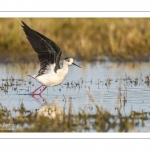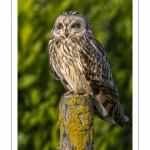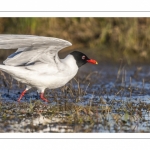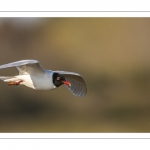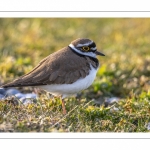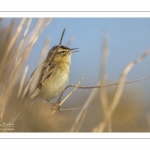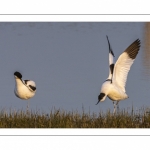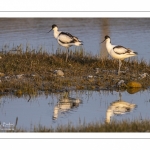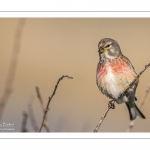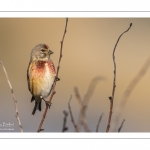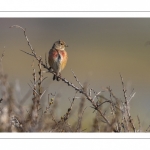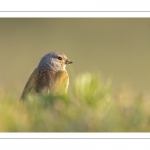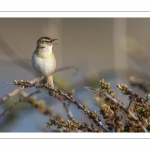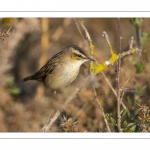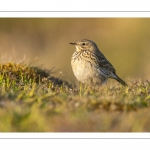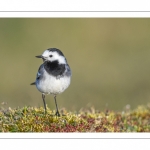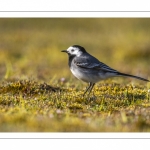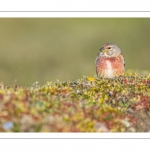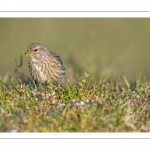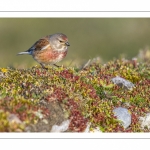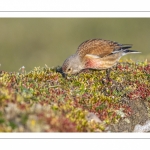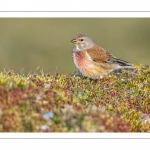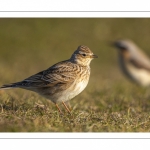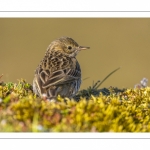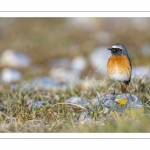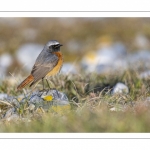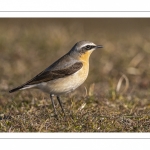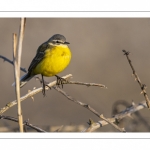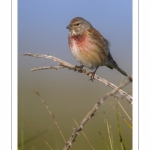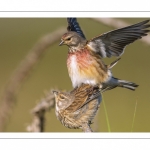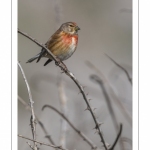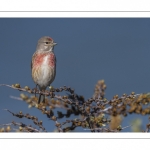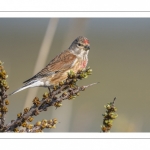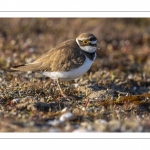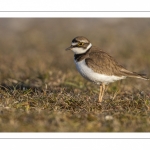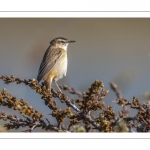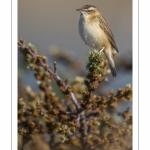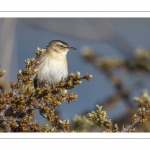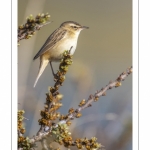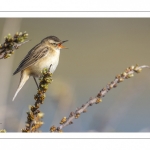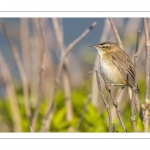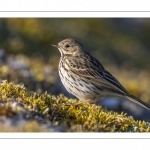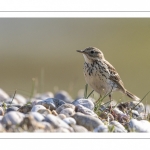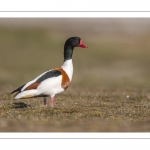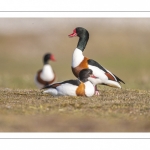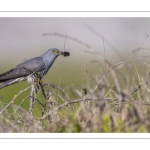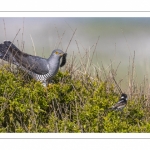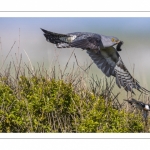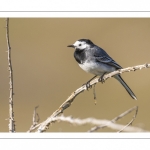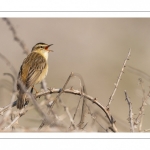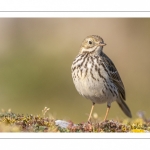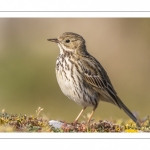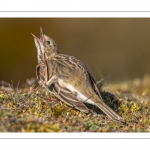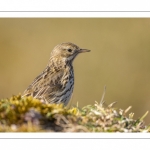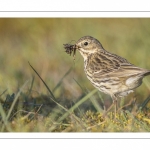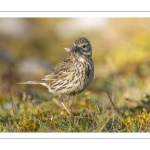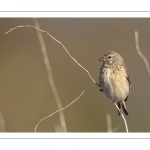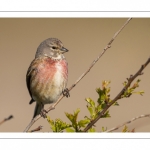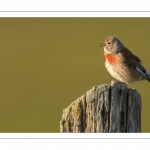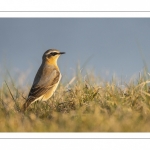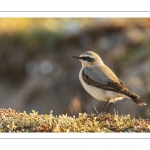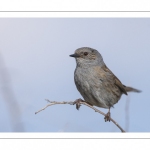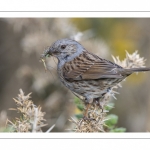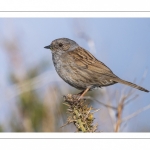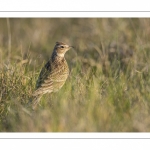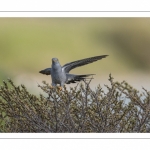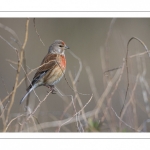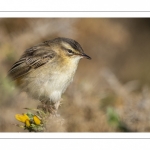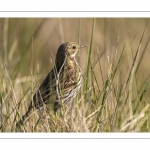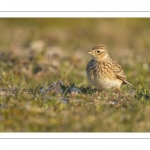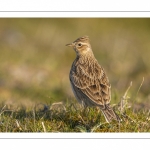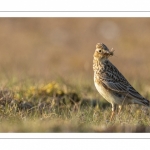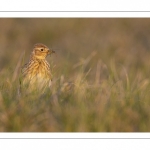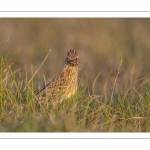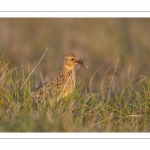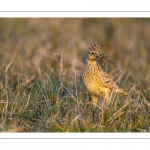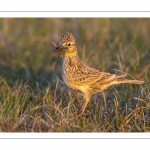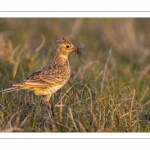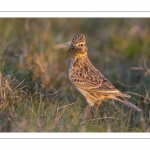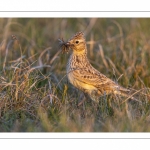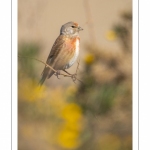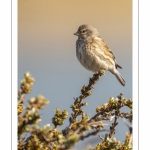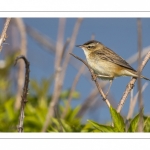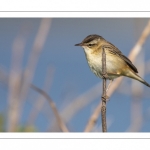A spring at the Hâble d'Ault
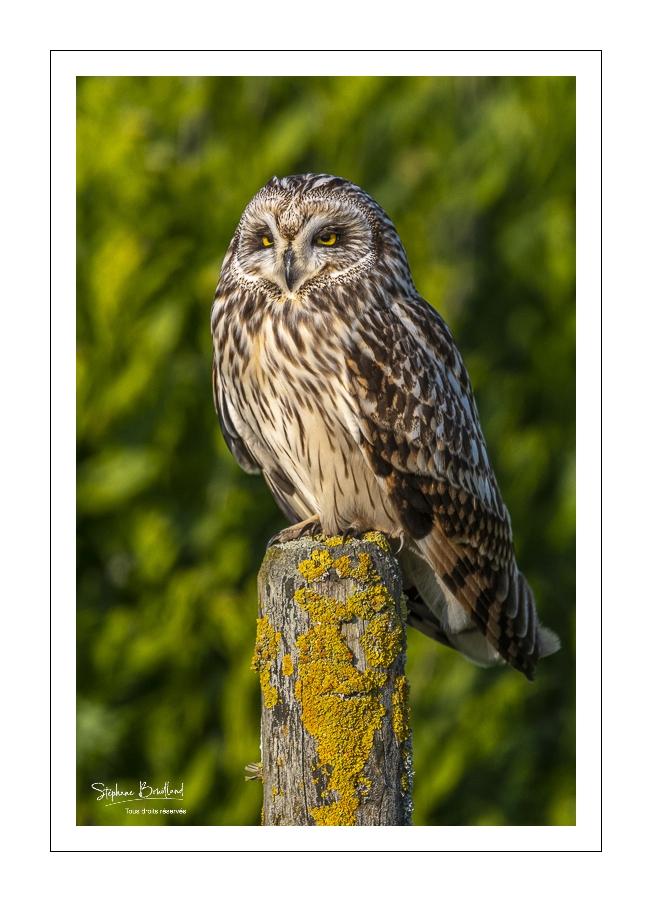
This year, the weather offered us two beautiful weeks of good weather in spring while I was on vacation and I was able to take advantage of it to go and do some wildlife photography at the Hâble d'Ault.
First of all, there was this beautiful Barn Owl, sitting on his post, and letting me get within a few feet. I can't imagine how the mouse feels when he meets the yellow and piercing eyes of this bird... I could see him a second time a few days later, but he was less cooperative...
I also came across the gray cuckoo, who had come to look for a large caterpillar in a bush near which I had posted my blind. The whinchat I was watching at the time got the fright of its life.
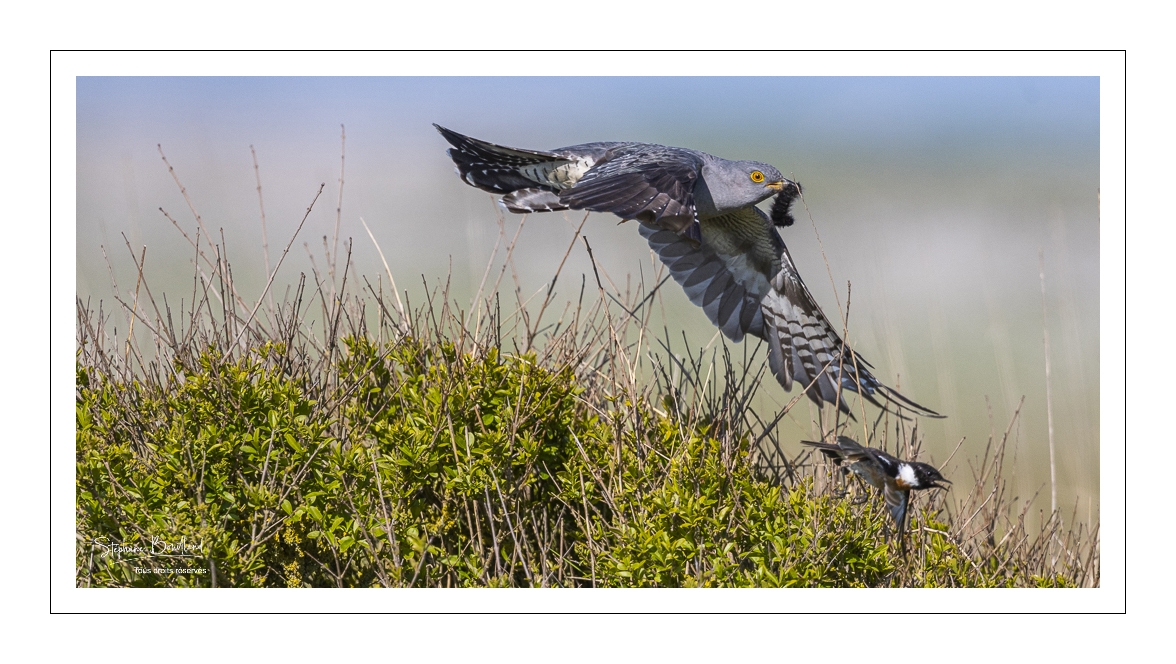
There was also the white-fronted redstart, which I had never encountered before. This little bird really has a beautiful, colorful livery.
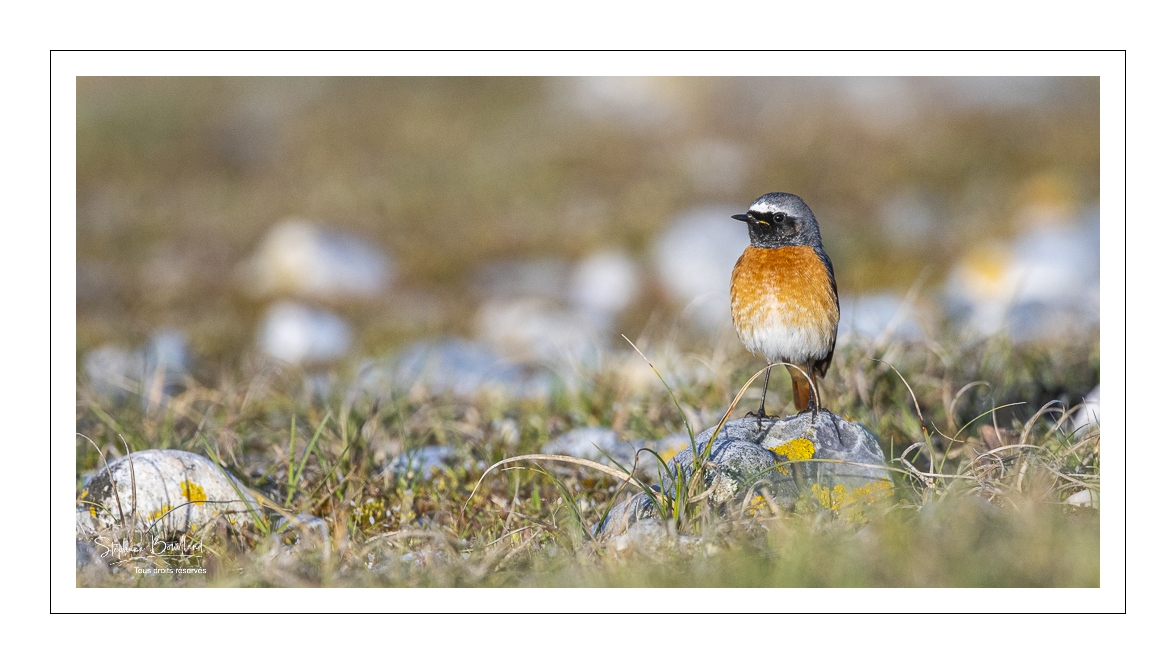
I also learned to recognize the Lark, which I must have often confused with the Meadow Pipit in the past. The beak is actually more conical, there is sometimes a small crest erected on the head and the spots on the belly do not go down as low as in the pipit... I was able to observe them feeding their young by bringing them in turn (both adults participate) full spoonfuls of mosquitoes, larvae and other insects. The nest is a simple cavity at the foot of a grass clump, and the parents are very careful not to feel observed before going there. The brood is at the mercy of the first dog not held on a leash that passes there, or of the first vehicle that drives off the path... Notice to the hunters of the area who do not have much consideration for all this biodiversity.
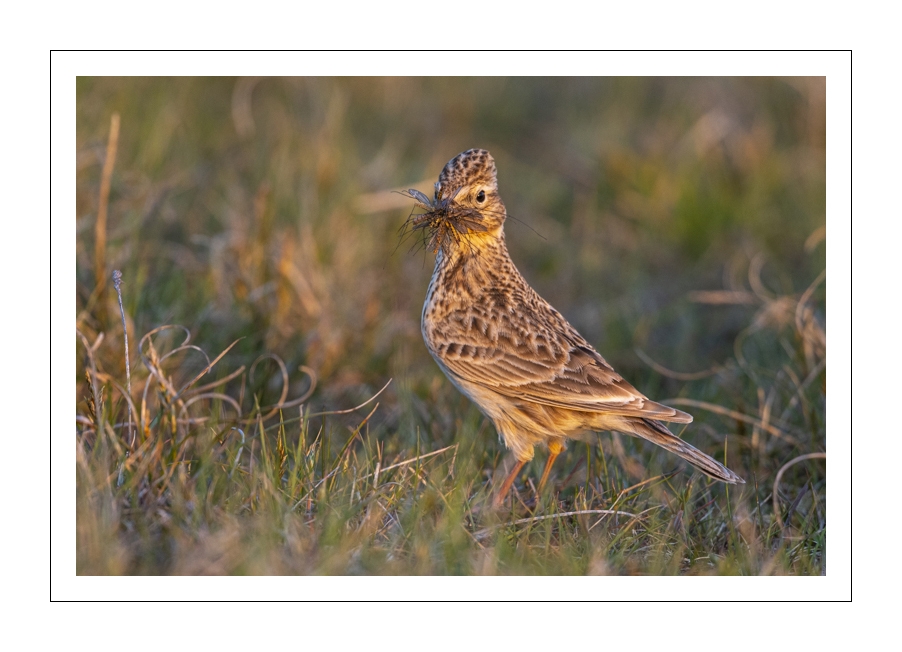
And then there were the usual melodious linnets, whose male with those red colors is so photogenic. I was able to witness the nest building in a bush, which seems to be the responsibility of the female, with the male merely accompanying her. I could also see a very brief mating scene. The linnets seem to enjoy the lichens and other fatty plants that they find on the gravelly lawns of the hâble, sometimes merging with the vegetation in an astonishing mimicry.
The brush warblers are also well represented at this site. At this time, the males sing at the top of the branches of the bushes to attract females. The variety of trills they emit is incredibly rich! What a repertoire they have! And then as soon as they have found a mate, it is radio silence and they return to their discreet life...
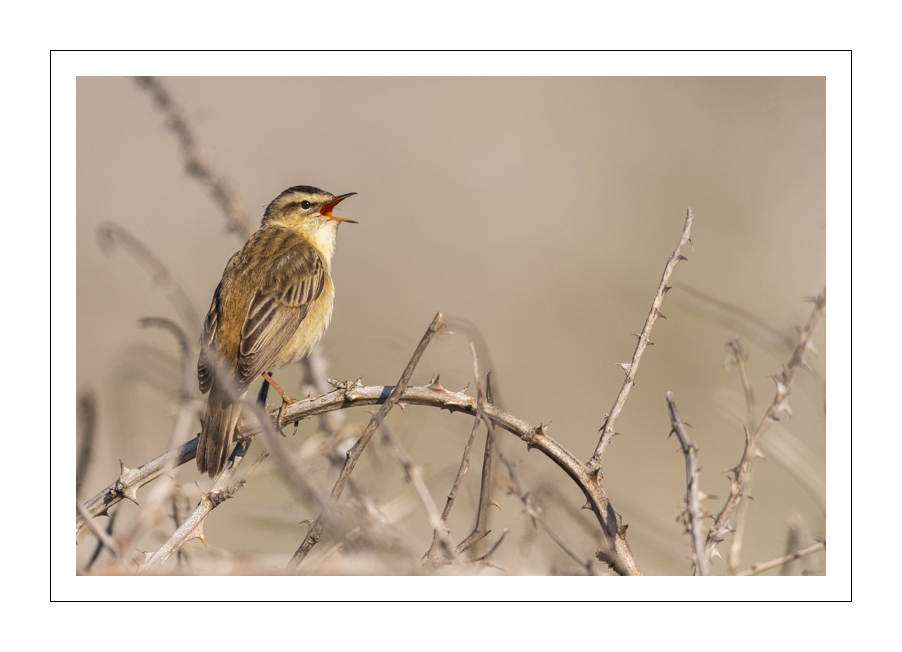
In the images below, you will also find the following species, some of which are emblematic of the Bay of the Somme: Elegant Avocet, White Stilt, Melanocephalus Gull, Meadow Pipit, Spring Wagtail, Grey Wagtail, Northern Accentor and Little Gravelot. Enjoy your visit!
